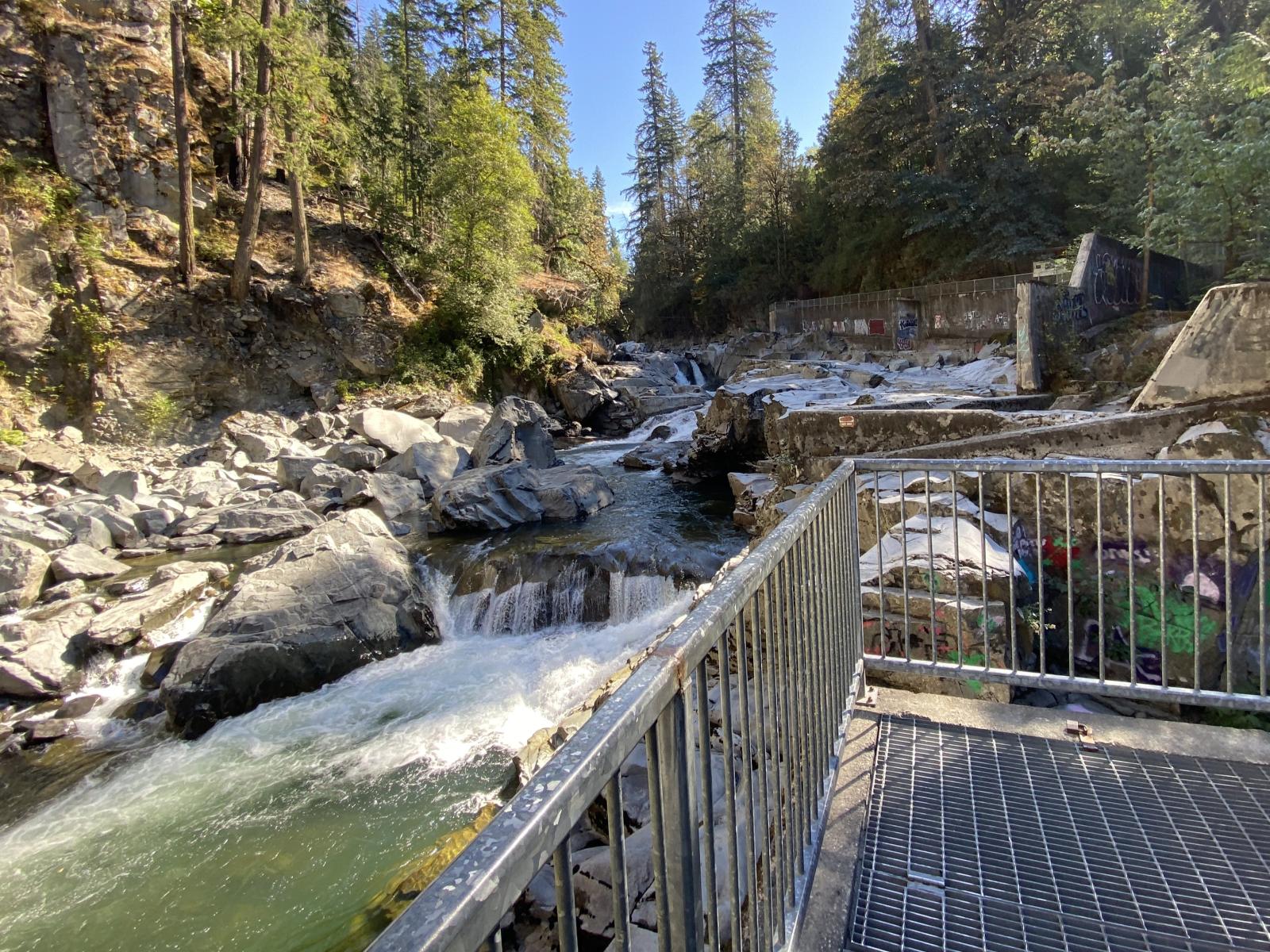Places to Go
There are countless ways to get outside in Washington. Whether hunting, fishing, wildlife watching, hiking, horseback riding, boating, or camping, the Department of Fish and Wildlife wants to make it easy for you to do the things you love, from Puget Sound and the Pacific coast to the Columbia Basin and the rolling hills of the Palouse.
In this section
-
WDFW's Life Outdoors Report showcases upcoming fishing, hunting, and other outdoor recreation activities around the state.
-
WDFW sponsors and attends public events throughout the state.
-
WDFW manages more than 1 million acres of land throughout the state.
-
WDFW manages hundreds of water access areas throughout Washington, providing recreational access to the state’s lakes, rivers, and marine waters.
-
Find information about public clam, mussel, and oyster beaches, including harvest seasons, beach locations, and current Department of Health status.
-
Dozens of fishing piers around Puget Sound let you fish Washington's marine waters, even without a boat.
-
Find areas across the state where you can see salmon migrating and/or spawning.
-
Washington's lowland lakes offer some of the best fishing opportunities in the state.
-
Without a doubt, high lakes trout fishing is one of Washington's premier recreational opportunities.
-
Marine areas offer unique fishing opportunities to the adventurous angler.
-
Want to start your adventure today? Find a license dealer near you.
Places news & important dates
WDFW has removed Game Management Unit 371 (Alkali) from the list of hunt choice options for a special hunt permit this season due to the Army's restriction.

This construction closure covers the entire area, including the parking area west of Granite Falls Bridge, trails, walkways, and platforms above the fish ladder adjacent to the falls.
Visit your WDFW lands
Daytime low tides have returned, providing more opportunity for recreational shellfish gathering on many of Washington’s clam, oyster, and mussel beaches.
WDFW is seeking public input at the Olympic-Willapa Hills Wildlife Area Complex, which consists of three wildlife areas across Grays Harbor, Clallam and Pacific counties.
Always contact a permitted wildlife rehabilitator before attempting to rescue any wildlife, and follow the tips in this blog for what to do if you encounter common young wildlife this spring.








